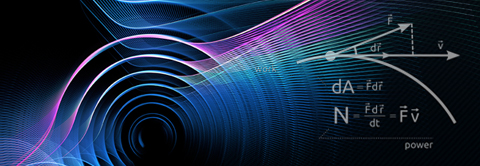(광학분야 특별세미나)Topological photonic devices
2022.05.20 11:07
| 날짜 | 2022-05-26 16:00 |
|---|---|
| 일시 | 4pm, 26th May |
| 장소 | E6 1323 |
| 연사 | 황민수 (Department of Physics, Korea University) |
* Title: Topological photonic devices
* Speaker: 황민수 (Department of Physics, Korea University)
* Date: 4pm, 26th May
* Place: E6 1323 (Available seats can be limited because of the COVID situation.)
* Abstract
Nanophotonics deals with a control of light at the nanoscale being closely connected with the rapid advances. Properly engineered nanostructures allow the subwavelength propagation of light and its strong confinement in nanowaveguides and nanocavities, making possible the field enhancement and lasing. Recent developments in the physics of photonic topological insulators (PTIs) and bound states in the continuum (BICs) allowed to advance the field of nanophotonics and introduce novel all-dielectric nanostructures and nanolasers empowered by topology and interference effects. Optical BICs have provided a useful way to suppress out-of-plane losses and enhance quality factor (Q factor) in an infinite periodic structure, as a result of destructive mode inference in the far field. The intrinsic topological nature of BICs enables strong optical responses or low-power operation to be achieved. Exploiting long-lived, spatially-confined BICs has emerged from the numerous approaches considered as a promising route to boost nanophotonic Q factors. Moreover, in photonic systems, light propagation without backscattering and defect/imperfection-immune operation has been pursued to develop an ideal light source. Such distinctive features are considered particularly important in nanophotonic devices that are sensitive to small perturbations. After a new branch of optics, called “photonic topological insulators”, appeared and grew rapidly, controlling the topological phases of photonic structures has emerged as a novel manipulation of light. Here, the operational mechanisms, optical characterizations, and practical applications of photonic crystals based on BICs and PTIs are outlined. Their scientific and engineering challenges and results are also discussed.







